Urbanization is reshaping cities worldwide, bringing both opportunities and challenges. As more people migrate to urban areas in search of better employment, education, and healthcare, cityscapes are evolving to accommodate the growing population. In 2025, urban living is characterized by smart infrastructure, sustainable development, and technological advancements that redefine the way people interact with their surroundings.
The shift toward urbanization is driven by various factors, including economic growth, digital transformation, and increased connectivity. Governments and urban planners are working toward solutions that balance progress with environmental and social sustainability, ensuring that cities remain livable despite the rising population density.
Smart Cities and Technology Integration
One of the most significant transformations in urban living is the widespread integration of smart technology. Cities are adopting digital solutions to improve efficiency in transportation, waste management, and public safety. Artificial intelligence (AI), the Internet of Things (IoT), and big data analytics play crucial roles in making cities more responsive and adaptable.
In 2025, smart city initiatives are more advanced than ever, featuring automated traffic control, real-time air quality monitoring, and AI-driven public services. These innovations aim to enhance the quality of life by reducing congestion, minimizing pollution, and increasing accessibility to essential services for residents of all socioeconomic backgrounds.
Sustainable Urban Development: A Necessity
With rapid urbanization comes the challenge of sustainability. Many cities are implementing green building designs, renewable energy solutions, and eco-friendly public transport systems to reduce their carbon footprint. The emphasis on sustainability is not only about environmental conservation but also about creating healthier living spaces for urban dwellers.
Governments and developers are investing in vertical gardens, green rooftops, and sustainable water management systems to combat the adverse effects of urban sprawl. In addition, electric vehicle infrastructure, solar-powered street lighting, and energy-efficient smart grids are becoming more commonplace, paving the way for cleaner and greener urban environments.
Housing Trends: Affordability and Space Optimization
The demand for urban housing continues to rise, leading to innovative solutions for affordable and efficient living spaces. In response to limited space, micro-apartments, co-living spaces, and modular housing are becoming popular alternatives. These modern living arrangements offer affordability, flexibility, and convenience, catering to the needs of young professionals, students, and digital nomads.
Moreover, governments are implementing policies to regulate real estate prices and ensure access to affordable housing. The introduction of AI-driven real estate platforms is making property searches more transparent and efficient, enabling buyers and renters to make informed decisions based on data-driven insights.
Public Transportation and Mobility Solutions
Transportation remains a crucial aspect of urban living, and cities in 2025 are investing heavily in smarter, more sustainable mobility solutions. The rise of autonomous vehicles, electric buses, and high-speed rail networks is transforming how people commute, reducing reliance on private cars and decreasing traffic congestion.
Shared mobility services, such as electric bike-sharing and ride-hailing apps, are expanding accessibility while minimizing environmental impact. The integration of AI-powered traffic systems ensures smoother flow and better connectivity, making urban transportation more efficient and cost-effective for daily commuters.
The Rise of Remote Work and Digital Nomadism

The concept of work has changed significantly due to digital transformation and urbanization. The rise of remote work has led to the creation of co-working spaces and smart offices within city centers, offering professionals a more flexible and productive work environment. Companies are also embracing hybrid work models, allowing employees to work from anywhere while staying connected through advanced communication tools.
Cities are adapting to this trend by enhancing digital infrastructure, such as 5G networks and AI-powered collaboration platforms, ensuring seamless connectivity for remote workers. As a result, urban living in 2025 is more dynamic and accommodating for individuals seeking work-life balance and professional growth.
Challenges and Future Outlook
While urbanization brings many benefits, it also presents significant challenges, such as overcrowding, rising living costs, and infrastructural strain. Governments and city planners are working on innovative policies to address these issues, focusing on urban resilience and inclusive development.
As urbanization continues to accelerate, the future of city living depends on sustainable planning, technological advancements, and proactive governance. With the right strategies in place, cities can become more resilient, adaptive, and inclusive, offering better opportunities for future generations.
Conclusion
The landscape of urban living in 2025 is defined by rapid urbanization, smart technology, and sustainable development. Cities are evolving into interconnected hubs of innovation, prioritizing efficiency, environmental responsibility, and quality of life. As urban centers grow, balancing progress with sustainability remains crucial in shaping the future of urban living. Whether through smart infrastructure, green initiatives, or affordable housing solutions, the future of cities is one of transformation, adaptability, and promise.


